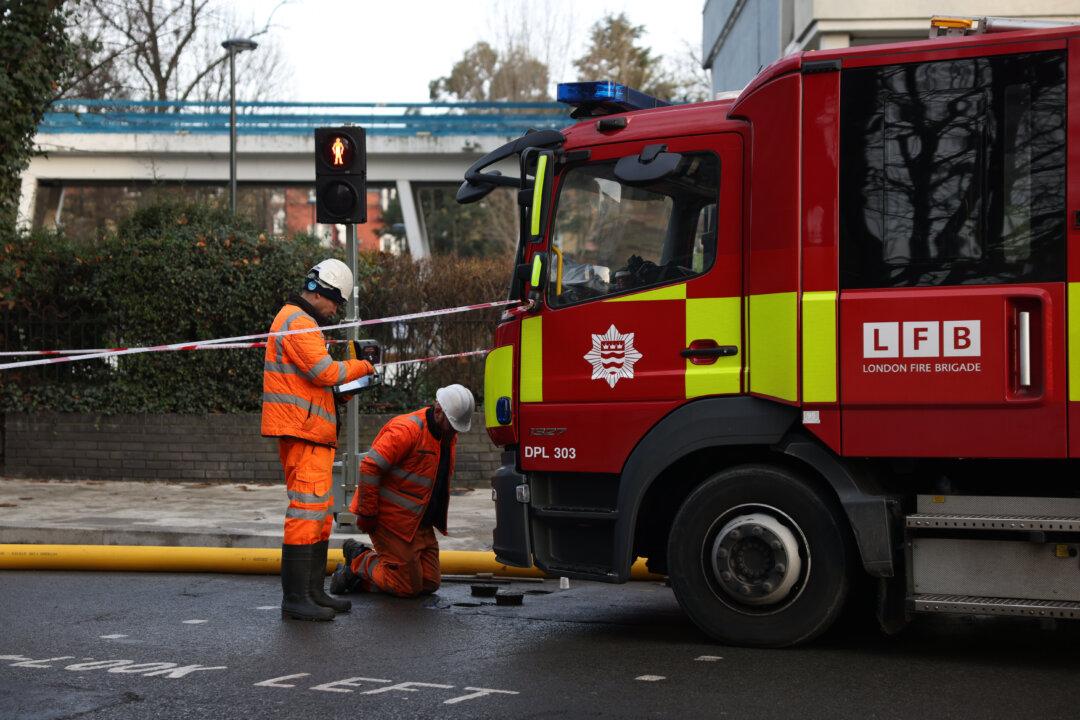The British labour market weakened at a slower pace in June and unemployment has remained stable, but analysts say the jobs situation is set to deteriorate once the government-backed furlough scheme comes to an end.
Between March and June, the number of employees in the United Kingdom on company payrolls decreased by around 650,000, according to new figures released by the Office for National Statistics (ONS) on July 16.





